Teutonic Castle
The Teutonic Castle in Malbork is the largest brick castle in the world and one of the most important works of medieval defensive architecture. Built by the Teutonic Order in the 13th century on the Nogat River, it served as the seat of the Grand Masters of the Order for over a hundred years. It consists of three parts: the High Castle, the Middle Castle, and the Low Castle, surrounded by massive walls and moats. At the height of its glory, it was not only a fortress but also the administrative and religious center of the Order's state. The castle is a valuable monument listed as a UNESCO World Heritage Site and is a popular tourist destination as well as a venue for numerous historical and cultural events.
How to get to the Teutonic Castle in Malbork?

For people with disabilities, there is the possibility to drive a car onto the grounds of the Teutonic Castle and park in one of two designated spaces for people with limited mobility. Unfortunately, I only found out about this once I was already there, so we left our car in the "Nad Stawem" parking lot on the other side of the Nogat River. We weren't too bothered by this because it allowed us to admire the grandeur of the Teutonic Castle in its full glory and to take a stroll across a picturesque and comfortable bridge stretching over the Malbork river.
However, to reach the ticket offices, we had to cover quite a long stretch of road with uneven terrain, which is unfriendly for wheelchair users. Unfortunately, as it turned out, rough roads are the norm, and no special facilities for people with disabilities can be expected there.
Visiting the Teutonic Castle in Malbork
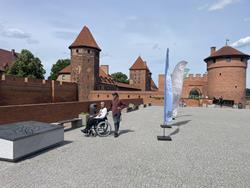
The tour of this magnificent medieval monument practically begins the moment you step onto the square in front of the ticket offices. I definitely recommend using the audio guide, as it takes you through the various stages of the visit and provides many interesting facts about the individual parts of the Teutonic Castle and life during that period.
As I mentioned earlier, moving between the different parts of the tour is difficult or very difficult. On the main courtyard, aside from the "cobblestones" on the ground, there is also a significant slope. Without the help of assistants, a wheelchair user has no chance of reaching the High Castle – the final stage of the tour. A person with mobility impairment cannot even dream of seeing a single chamber because all of them are accessible only via steep stairs.
Is it worth visiting the Teutonic Castle in Malbork?
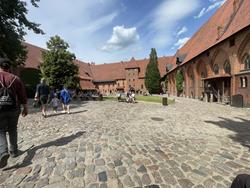
The Teutonic Castle in Malbork is unfortunately an example of a tourist site where wheelchair users are marginalized and not given much consideration. I understand that this is a medieval structure and any modifications require approval from the monument conservator, but constructing a narrow path with a flat surface in the main courtyard would not disturb the harmony of the entire site—especially since it was possible to build a toilet there. I also believe nothing bad would happen if a small elevator in the style of the High Castle were incorporated, which would allow the tour of many chambers.
It is hard for me to recommend this unique monument when it is so inaccessible to wheelchair users. With so many limitations, charging 60 PLN for a ticket is a huge misunderstanding. If you are a fan of medieval history and architecture and enjoy challenges, you certainly will not be disappointed with your visit to Malbork. However, if you are an ordinary disabled tourist, you might want to skip this place and spend your money on another, more accessible tourist attraction.
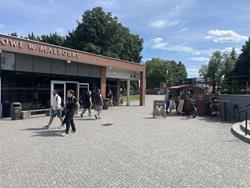
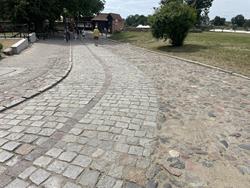
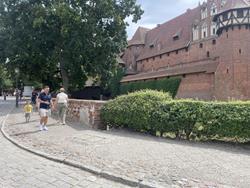
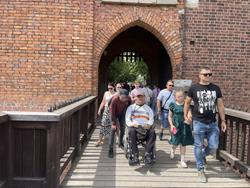
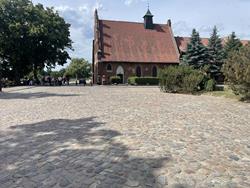
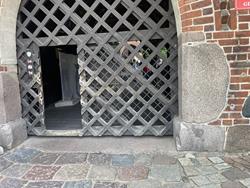
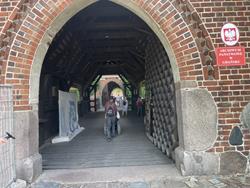
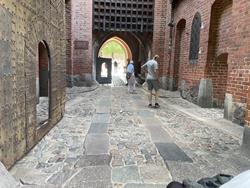
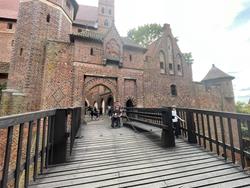
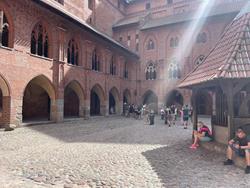
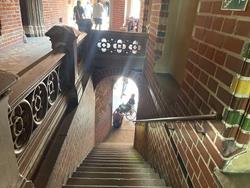
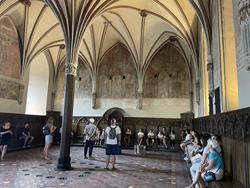
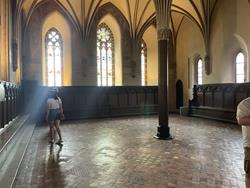
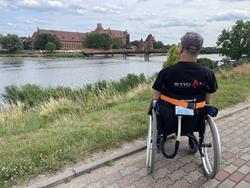

 PL
PL
 DE
DE